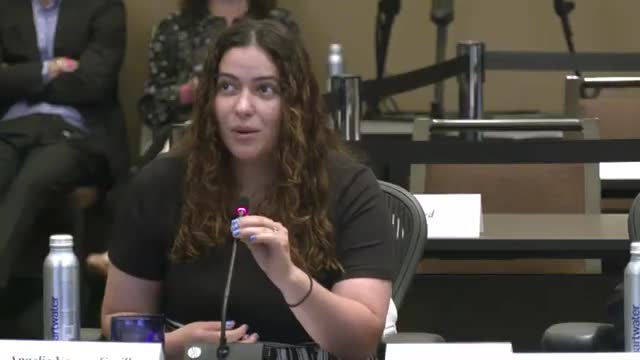Researcher Develops Mathematical Model to Combat Keloid Scar Growth
July 13, 2025 | University of California, Boards and Commissions, Executive, California
Thanks to Scribe from Workplace AI and Family Portal , all articles about California are free for you to enjoy throughout 2025!

This article was created by AI using a video recording of the meeting. It summarizes the key points discussed, but for full details and context, please refer to the video of the full meeting. Link to Full Meeting
In a groundbreaking approach, a researcher presented a computer-based mathematical model designed to simulate keloid growth without further harming patients. This innovative agent-based model mimics interactions between skin cells and fibers, particularly collagen, which is overproduced in keloids. By using data from UC Irvine collaborators who studied skin samples from keloid edges, the model identifies three key cell types: CCL 19 (the leaders), Aspen (the followers), and immune cells (the besties).
The model begins with a simulated wound and tracks how these cells interact over time, aiming to predict the expansion of keloids. The researcher noted that the interactions leading to the most accurate predictions of keloid growth were identified, paving the way for potential treatments to combat these invasive scars.
This mathematical approach not only addresses keloid scars but also holds promise for broader applications in skin health, including treatments for cuts, burns, wrinkles, and even aging. The researcher concluded with an invitation for further exploration, emphasizing the exciting intersection of mathematics and healthcare.
Converted from Board 8:30 AM meeting on July 13, 2025
Link to Full Meeting
Comments
View full meeting
This article is based on a recent meeting—watch the full video and explore the complete transcript for deeper insights into the discussion.
View full meeting
